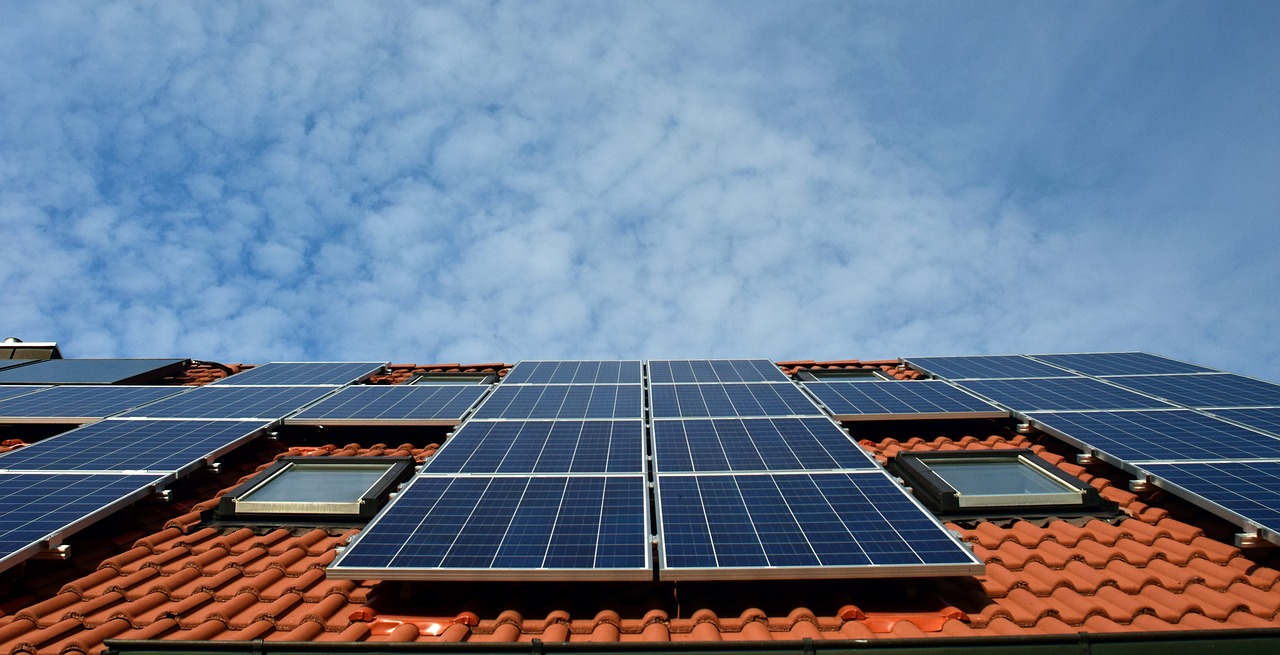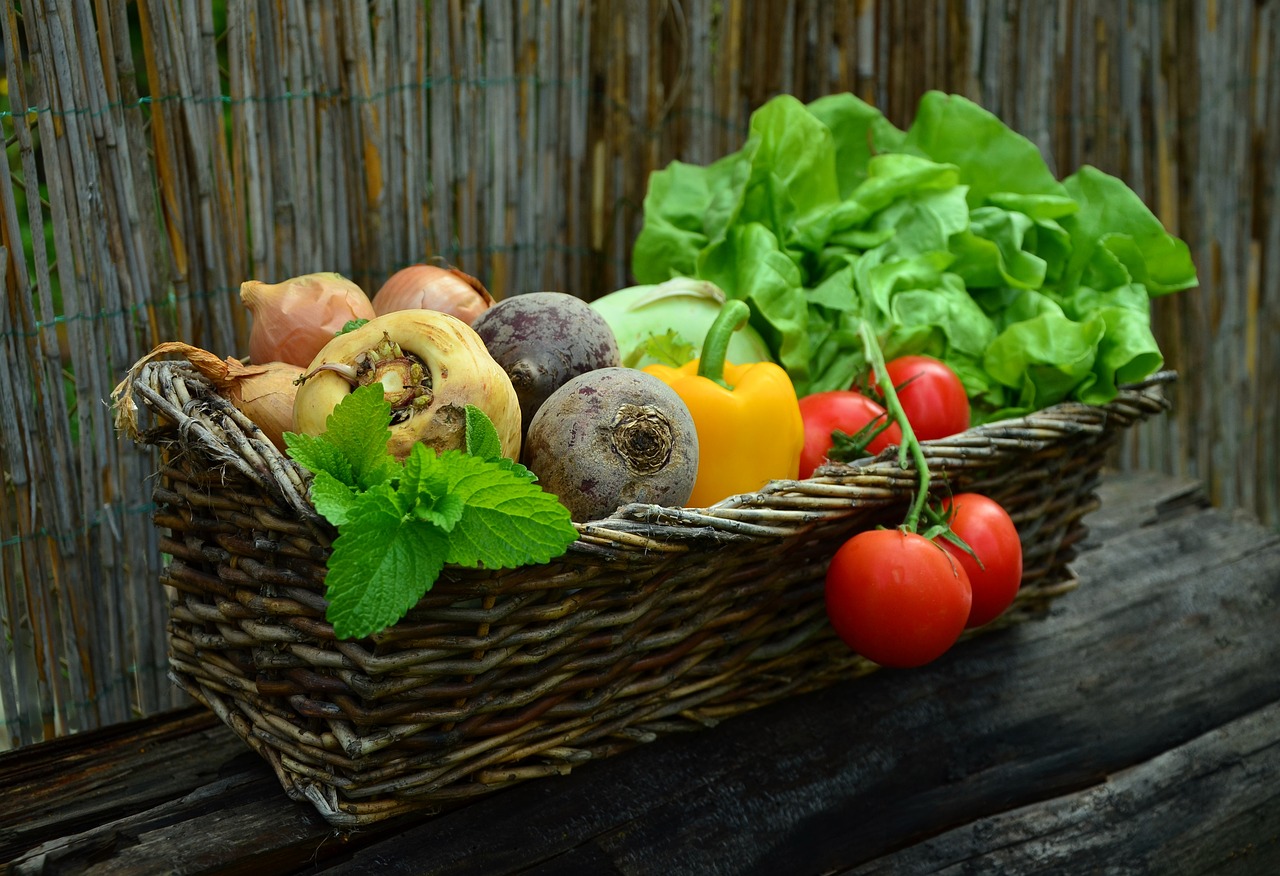Unplug and Unwind: Reconnecting with Nature for Wellness
In a world consumed by screens and deadlines, a primal yearning whispers within us. It’s a longing for the rustling leaves, the scent of damp earth, the symphony of birdsong – a longing to reconnect with nature, the very source of our being. This yearning isn’t just romanticized nostalgia; it’s a biological imperative, a call to embrace “biophilia,” the innate human affinity for the natural world. And the answer to this call lies in nature-based wellness practices: simple, accessible ways to nurture your mind, body, and spirit through mindful immersion in the great outdoors.
Stepping Away from the Noise:
Technology and urbanization have severed our ancient connection to nature, replacing it with a constant barrage of stimuli. This disconnect takes a toll on our well-being, contributing to stress, anxiety, and even depression. But stepping away from the digital noise and reconnecting with the rhythms of nature offers a powerful antidote. Forest bathing, or Shinrin-yoku as it’s known in Japan, is a prime example. Immersing ourselves in the tranquility of a forest, inhaling the scent of pine needles, and listening to the rustle of leaves underfoot has been scientifically proven to reduce stress hormones, boost the immune system, and even improve cognitive function.
Embracing the Earth:
But nature-based wellness extends far beyond a serene stroll through the woods. Mindful hiking transforms a physical activity into a meditative journey, where each step becomes a conscious connection with the earth beneath your feet. Yoga in nature allows you to blend the ancient practice of asanas with the fresh air and expansive beauty of your surroundings. Even a simple act like barefoot walking on the grass can reconnect you to the sensory symphony of nature, grounding your soul and reducing tension.
Nature’s Symphony for the Soul:
Nature is not just a silent backdrop; it’s a vibrant orchestra playing to our senses. The calming gurgle of a stream, the rustling leaves in the wind, the melodic chirping of birds – these sounds have an innate power to soothe our minds and lift our spirits. Mindfulness practices like forest bathing exercises encourage us to tune into this natural symphony, using each sound as a stepping stone to present-moment awareness and profound relaxation.
[Image showcasing a person peacefully practicing yoga amidst a serene forest, sunlight filtering through the trees. This visually evokes the tranquility and connection found in nature-based wellness practices, setting the stage for the exploration of deeper techniques in the following parts.]
Unfolding Your Story: Nature Journaling for Deep Self-Discovery
Beneath the emerald canopy, pen in hand, a quiet magic unfolds. As the ink kisses the page, capturing the whispers of wind and the dance of sunlight on leaves, you embark on a journey of introspection – nature journaling. This mindful practice is more than just recording observations; it’s a dialogue between you and the natural world, a space where self-discovery blossoms amidst the rustling leaves.
Nature’s Canvas, Your Brushstrokes:
Nature journaling is a blank canvas, waiting for your unique expression. Whether you sketch a majestic oak, describe the intricate veins of a leaf, or simply jot down your thoughts as you wander, each stroke becomes a bridge connecting you to the present moment. The act of observation, of focusing on the details of the natural world, quiets the internal chatter and allows for a deeper awareness of your own inner landscape.
Unveiling Inner Landscapes:
As you chronicle your encounters with nature, patterns and themes may emerge. A recurring fascination with wildflowers might represent a yearning for growth. The observation of a fallen log might spark reflections on resilience and renewal. Nature journaling becomes a mirror, reflecting your internal world through the lens of the external. By exploring these connections, you gain valuable insights into your thoughts, emotions, and personal journey.
Prompting the Flow of Narrative:
Sometimes, igniting the spark of reflection requires a little nudge. Nature journaling prompts offer gentle guidance, inviting you to explore specific aspects of your connection to the natural world. “How does the wind make you feel?” “What does this rock whisper to you?” These questions, woven into your journaling practice, can unlock hidden emotions, unleashing stories that lay dormant within.
Beyond Words: Sensory Symphonies:
Nature journaling isn’t confined to the written word. Let your senses be your guide, incorporating sketches, maps, and even collected natural objects like feathers, leaves, or pressed flowers. These sensory keepsakes become tangible memories, enriching your narrative and adding a personal touch to your journal.
[Image showcasing a person journaling amidst a vibrant meadow, sunlight dappling the pages, surrounded by wildflowers and buzzing with life. This visual emphasizes the personal and creative aspects of nature journaling, setting the stage for the exploration of mindfulness practices in the next part.]
Walking with Awareness: Mindfulness and Wildlife for Inner Peace
The crunch of leaves underfoot, the rhythmic beat of your heart against your ribs, the sun warming your skin – a mindfulness walk is a symphony of sensations, an invitation to awaken fully to the present moment. In this mindful dance with nature, each step becomes a grounding practice, leading us away from the anxieties of the mind and towards the serenity of the here and now.
A Moving Meditation:
Unlike a brisk jog or scenic stroll, a mindfulness walk is a deliberate, conscious exploration. We slow down, tune into our senses, and become aware of every detail – the texture of bark beneath our fingertips, the chirping of hidden birds, the gentle sway of leaves in the breeze. This focused attention acts as a meditation in motion, quieting the internal chatter and fostering a sense of peace and presence.
Wildlife, Our Silent Teachers:
Nature is also teeming with life, waiting to be observed with attentive eyes. A majestic hawk soaring overhead, a deer gracefully leaping through the forest, a family of squirrels frolicking among the branches – wildlife encounters have the power to captivate our attention and evoke a sense of wonder. By practicing wildlife watching with mindfulness, we learn to appreciate the intricate web of life around us, fostering a sense of interconnectedness and diminishing the feeling of isolation that can accompany stress and anxiety.
From Stress Reduction to Deeper Meaning:
Mindfulness walks and wildlife watching aren’t just pleasant pastimes; they offer tangible benefits for mental and emotional well-being. Studies have shown that these practices can significantly reduce stress and anxiety, lower blood pressure, and improve mood. Moreover, connecting with nature through mindfulness can foster a sense of meaning and purpose, reminding us of our place within the grand tapestry of life.
Crafting Your Walk with Intention:
To embark on your own mindful journey, choose a quiet path in nature, set an intention for your walk, and begin to pay attention to your surroundings with fresh eyes. Linger by a babbling brook, observe the intricate patterns of bark on a tree, or simply sit beneath a majestic oak and bathe in the dappled sunlight. Remember, there’s no destination; the focus is on the present moment, on the mindful dance with nature unfolding around you.
[Image showcasing a person practicing a mindful walk in a sun-dappled forest, their focus directed towards the intricate detail of a leaf they hold in their hand. Additionally, a majestic hawk soars overhead, symbolizing the interconnectedness with wildlife in nature. This visual emphasizes the meditative aspects of mindful walks and wildlife watching, setting the stage for the exploration of spiritual connection in the next part.]
Gazing at the Heavens, Building Earthly Altars: Nature’s Spiritual Symphony
As the sun dips below the horizon, painting the sky in fiery hues, a different kind of magic whispers within us. Our eyes turn upwards, drawn to the celestial dance of stars, to the vast, awe-inspiring expanse of the cosmos. This yearning for connection with the larger picture, the desire to touch the infinite through the finite, finds solace in two powerful nature-based practices: stargazing and creating personal nature altars.
The Whispers of the Cosmos:
On a clear night, away from the city lights, the universe unveils its breathtaking beauty. Gazing at the twinkling tapestry of stars isn’t just a passive observation; it’s a humbling reminder of our place within the cosmic orchestra. The vastness of the cosmos invites introspection, prompting us to contemplate our own journeys, our hopes, and our place in the grand scheme of things. This stargazing becomes a form of meditation, a silent dialogue with the universe, fostering a sense of peace and quiet awe.
Crafting a Sacred Space:
Nature is not just a playground for our bodies and minds; it can also be a sanctuary for our spirit. Creating a personal nature altar allows you to carve out a sacred space within your own home or garden, a place where you can connect with the natural world and nurture your spiritual well-being. Gather stones, feathers, plants, and other found objects that hold personal meaning, arranging them in a way that speaks to your soul. This altar becomes a touchstone, a physical manifestation of your connection to the natural world and the divine forces that flow through it.
From Awe to Action:
The profound experiences of stargazing and cultivating a nature altar are not isolated moments; they can inspire change and action. Gazing at the stars and contemplating our place in the universe can ignite a passion for protecting the fragile planet we call home. The connection fostered through our nature altars can motivate us to live more sustainably, to honor the Earth and its bounty.
There’s no right or wrong way to connect with nature on a spiritual level. Whether you practice stargazing under a million twinkling stars or find solace in your personal nature altar, the key is to open your heart and mind to the whispers of the universe, to the sacred symphony that hums beneath the surface of the everyday.
[Image showcasing a person gazing at the night sky, bathed in the glow of the Milky Way, a sense of awe and wonder reflected on their face. In the foreground, a small nature altar adorned with stones, feathers, and leaves adds a touch of personal reverence. This visual emphasizes the spiritual connection found in stargazing and creating nature altars, setting the stage for the concluding part.]
Weaving Nature into Your Days: Embracing a Life of Green Wellness
We’ve journeyed through the verdant pathways of nature-based wellness practices, explored the quiet whispers of trees, the calming symphonies of birdsong, and the vast mysteries of the starlit skies. Now, it’s time to gather the golden threads of these experiences and weave them into the tapestry of your daily life. Remember, reconnecting with nature isn’t a grand expedition; it’s a series of mindful steps, a conscious decision to invite the healing balm of the natural world into your everyday moments.
Planting Seeds of Change:
Start small, but start now. Incorporate short nature walks into your morning routine, even if it’s just a five-minute stroll around the block. Breathe deeply in the fresh air, let the sunlight kiss your skin, and notice the vibrant details of the world around you. Replace screen time with mindful moments in your garden, tending to your plants, listening to the buzz of bees, and observing the unfolding cycles of nature.
Nurturing a Sense of Wonder:
Embrace the childlike curiosity that lies within. See the world with fresh eyes, marvel at the intricate patterns of a spiderweb, the fleeting beauty of a blooming flower, or the majestic flight of a bird. Carry a small notebook and pen, capturing your observations in words and sketches, creating a personal nature journal that chronicles your ongoing dialogue with the world.
Building Your Green Toolkit:
As you delve deeper, explore a variety of nature-based practices that resonate with you. Try a gentle yoga session in your backyard, let the rhythm of your breath blend with the rustling leaves. Practice forest bathing, immersing yourself in the tranquility of a nearby park, inhaling the scent of pine needles and letting the stress melt away. Experiment with mindful wildlife watching, observing the habits of birds, squirrels, or even insects with respectful curiosity.
Connecting with Community:
Remember, you’re not alone on this path. Join a local hiking group, volunteer at a community garden, or participate in nature-based workshops. Sharing your experiences and connecting with like-minded individuals can deepen your sense of belonging and inspire collective action towards a greener, healthier world.
Reconnecting with nature is a lifelong journey, not a destination. There will be days when life gets busy, and your connection to the natural world may feel faint. But don’t be discouraged. Simply return to your breath, step outside, and listen. The trees will still whisper, the birds will still sing, and the universe will continue its cosmic dance, waiting for you to join the rhythm once more.
Go forth, dear reader, and weave your own tapestry of green wellness. Let the earth be your teacher, the sky your guide, and your heart, your compass. In the embrace of nature, you will find peace, purpose, and a renewed sense of belonging to the grand tapestry of life.
[Image showcasing a montage of individuals engaging in various nature-based wellness practices: a person strolling through a sun-dappled forest, a group practicing yoga amidst a meadow, a child observing a butterfly with wide eyes, and a community working together in a community garden. This visual reflects the diversity and accessibility of nature-based wellness, offering inspiration for readers to start weaving their own green threads into their lives.]
Governmental:
- National Park Service: Explore breathtaking landscapes, discover outdoor activities, and learn about the health benefits of spending time in nature: https://www.nps.gov/ (Image: A panoramic view of Yosemite National Park, showcasing the beauty and vastness of natural landscapes.)
- USDA Forest Service: Find forests near you, plan camping trips, and learn about the role of forests in mental and physical well-being: https://www.fs.usda.gov/ (Image: A family hiking through a sun-dappled forest, enjoying the serenity and fresh air.)
- Centers for Disease Control and Prevention (CDC): Discover research on the connection between nature and physical and mental health, with tips for incorporating it into your life: https://www.cdc.gov/physicalactivity/index.html (Image: A child laughing while playing outdoors, highlighting the health benefits of nature for all ages.)
Non-Profit Organizations:
- The Nature Conservancy: Learn about nature-based wellness programs, find guided hikes and outdoor activities near you, and support conservation efforts: https://www.nature.org/en-us/ (Image: A group of people participating in a guided nature walk, connecting with nature through education and appreciation.)
- American Hiking Society: Explore diverse hiking trails, find resources for beginners, and advocate for the protection of hiking trails and access to nature: https://americanhiking.org/ (Image: A silhouette of a hiker on a mountaintop, gazing at the sunset, symbolizing the sense of wonder and accomplishment nature provides.)
- Sierra Club: Join outdoor adventures, find tips for incorporating nature into your daily routine, and learn about environmental activism to protect natural spaces: https://www.sierraclub.org/sierra/contact-us (Image: A group of diverse individuals volunteering in a park clean-up project, combining nature connection with environmental action.)
Educational Resources:
- Cornell Lab of Ornithology: Listen to bird songs, learn about birding as a wellness practice, and find resources for mindfulness and connecting with nature through birds: https://www.birds.cornell.edu/home/ (Image: A close-up photo of a vibrant songbird, highlighting the therapeutic effects of birdwatching and connecting with nature.)
- Mindful Outdoor Movement: Discover guided practices for incorporating mindfulness into outdoor activities like hiking, running, and yoga, connecting movement with nature: https://www.chuckwalks.com/what-is-a-mindful-outdoor-experienc (Image: A person practicing a gentle yoga pose amidst a tranquil forest clearing, showcasing mindful movement in nature.)
- Wild Yoga School: Explore online yoga classes and retreats in natural settings, learn about the connection between yoga and the environment, and experience the healing power of nature: https://wildlotusyoga.com/ (Image: A yoga class practicing poses on a beach at sunrise, blending physical movement with the beauty of nature.)


















